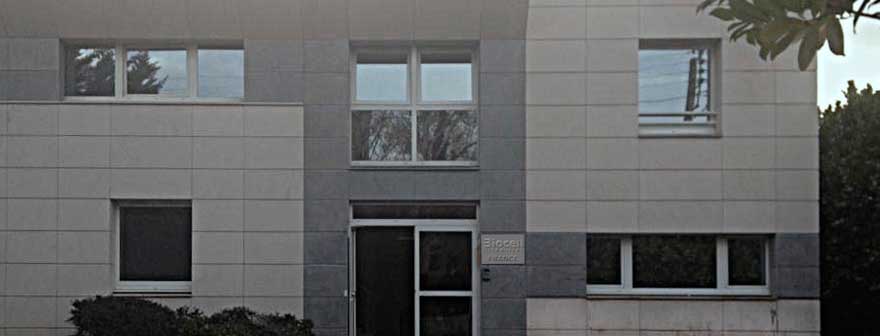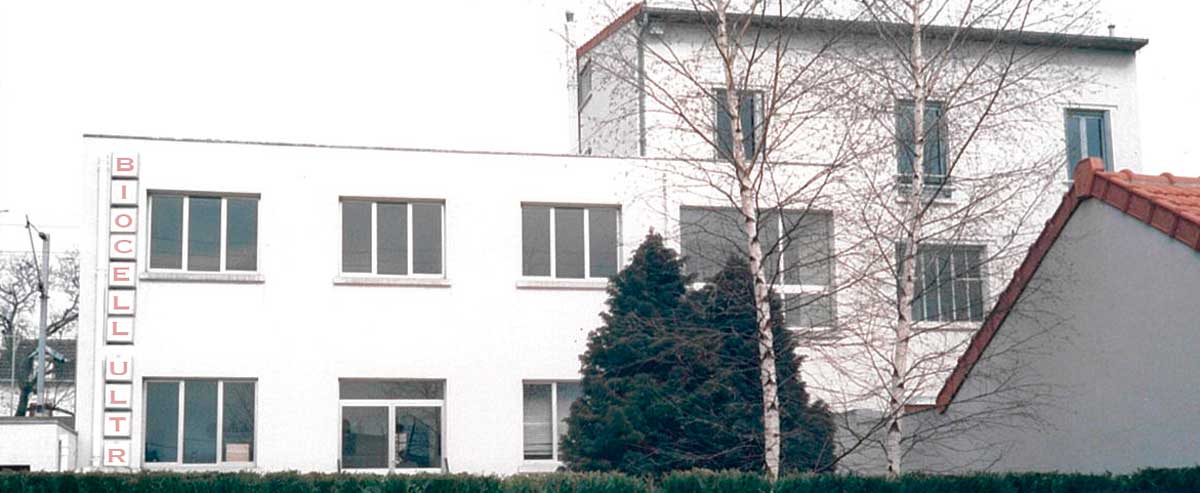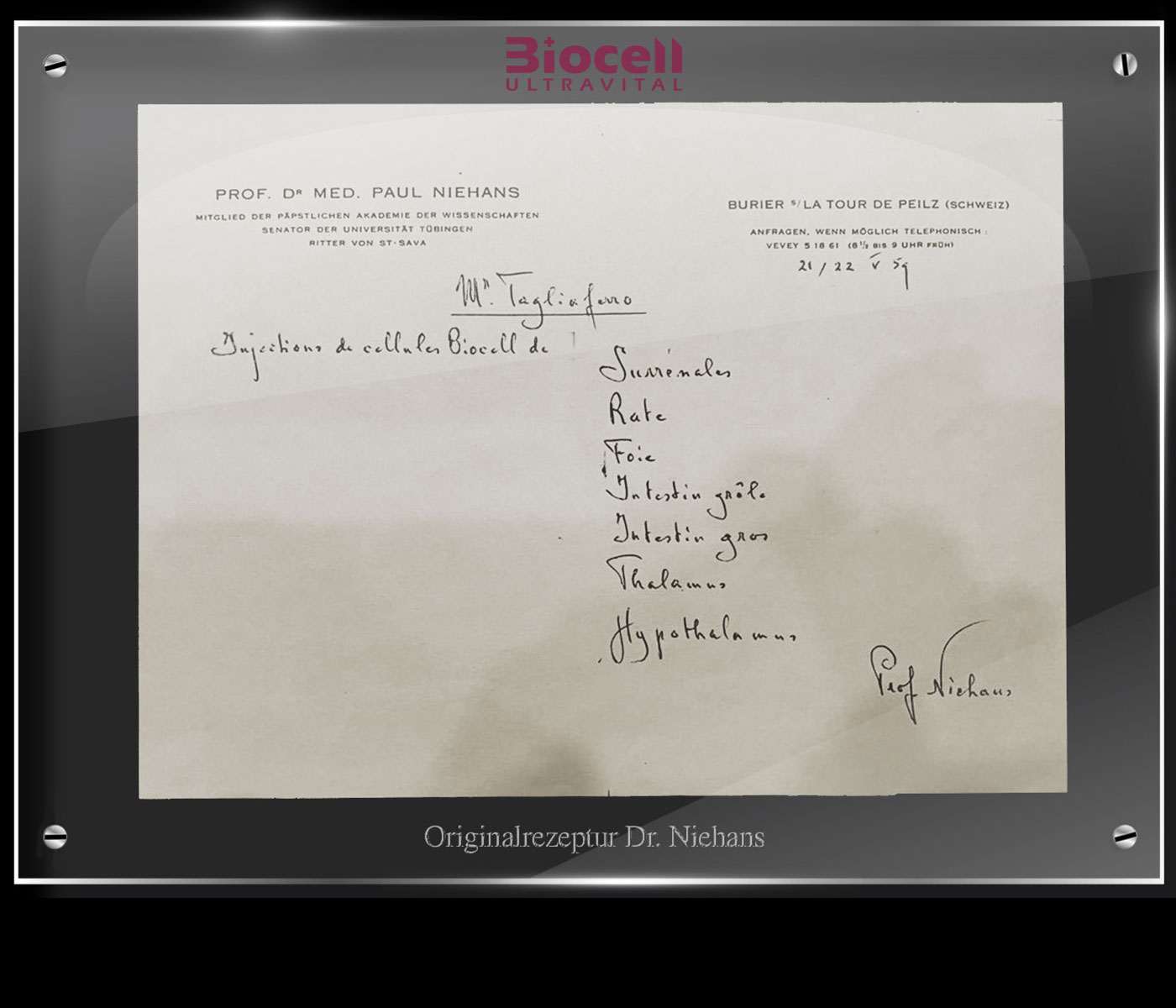The first decades of the twentieth century were very rich in audacious medical developments imposed by the huge number of wounded on the war fronts. Both field doctors and those in hospitals throughout Europe had to resort to improvising suture techniques and applying unconventional medications in the urgency to save lives.
The early 20th century marked a period of bold advancements in medical practices, primarily driven by the demands of wartime conditions. Medical doctors on battlefields and in hospitals across Europe were compelled to develop enhanced medical procedures (e.g., treatments for infection, burn and fracture, tissue transplantation, and surgical methods) due to the dire need to save lives. It was within this context that Dr. Alexis Carrel (1873–1944), a French surgeon known as the father of transplant surgery, innovated groundbreaking vascular (blood vessel) suture techniques, which earned him the Nobel Prize in Medicine in 1912.
In 1931, influenced by the work of Dr. Carrel, Swiss physician Dr. Paul Niehans (1882-1971) performed the first transplant of sheep-derived cell extracts on a 57-year-old patient who did not respond to conventional treatments. Remarkably, not only did the patient recover, but she also went on to live an additional 26 years. In another notable case, Pope Pius XII, who was critically ill and nearing death in 1953, experienced a remarkable recovery thanks to Dr. Niehans' pioneering use of cell therapy principles. However, the high costs of such cell therapy limited its access to wealthy individuals, such as dignitaries, politicians, and celebrities.
By 1956, the practice of cell therapy techniques had expanded within the European medical community. Opotherapeutic (animal organ)-based products began to be manufactured in Heidelberg, Germany, and promoted as cellular therapies. The following year, the Biocell Ultravital Biological Research Institute in Switzerland emerged as one of the pioneering facilities to refine cell therapies using freeze-dried opotherapeutic extracts. As these treatments continued to demonstrate revitalizing effects, they gained widespread acceptance. As a result, Dr. Niehans and various European clinics started prescribing them to their patients.
-
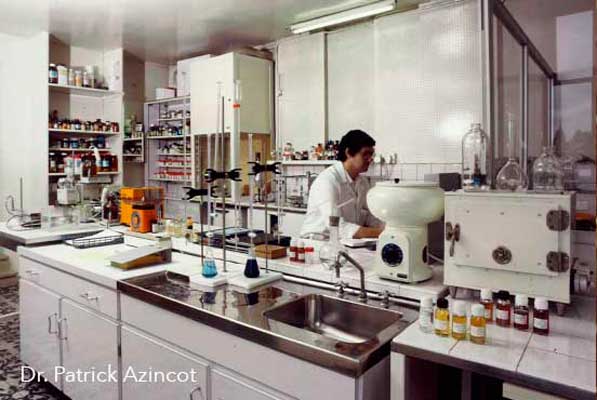
1978 Dr. Patrick Azincot working in the laboratories Biocell Ultravital in France -

Dr. Joseph Wagmann
Cellular Therapies have greatly advanced under the leadership of Dr. Joseph Wagmann, the Scientific Director at the Industrial Laboratory of Biology, now known as Biocell Ultravital of France. In 1969, Dr. Wagmann developed new opotherapeutic formulas that incorporated enzymes and natural components using biotechnological methods. This innovation provided safer alternatives to traditional drugs and steroids infamous for their potential toxicities. His contributions have left a lasting legacy in enriching the field and inspiring us to develop our unique formulas to optimize cellular energy and strengthen the immune system.
-
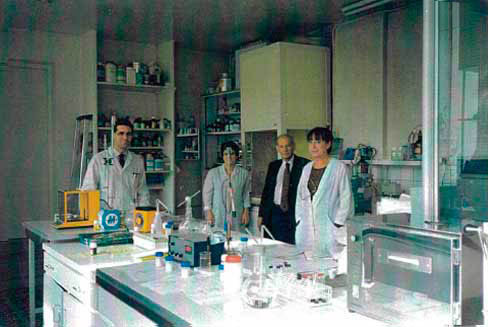
Dr. Patrick Azincot, Dra. Anne Bover, Dr. Joseph Wagmann, Dra. Claudine Meyer, France, 1980 -
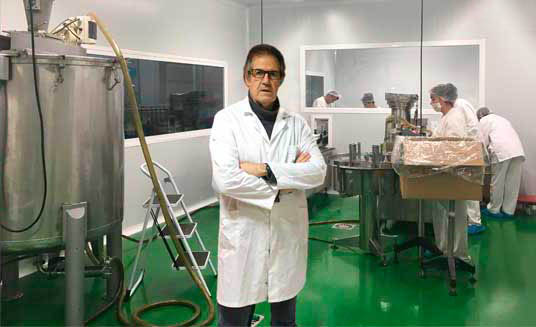
Dr. Patrick Azincot scientific director of Biocell Ultravital Laboratories France today
Consequently, Biocell Ultravital Cellular Renovation Therapy was born in Lucerne, Switzerland, managing its patents and trademarks globally. Its development and manufacturing span multiple laboratories in France, Germany, the Netherlands, and the USA. Primarily preventative, these cellular renewal therapies also support the efficacy of conventional treatments by supplying cells with vital nutrients. Specifically, these therapies use embryonic organotherapeutics, phyto-organics, enzymes, amino acids, antioxidants, and other natural compounds designed to rejuvenate cellular functions and revitalize organs. Our therapies are particularly beneficial for aging individuals and those with genetic predispositions to diseases. Upholding Dr. Escardó's principle, "There is always one medicine, and it is the one that cures," our latest 4th Generation formulas aim to revitalize and renew cellular functions, further advancing the era of preventive and regenerative medicine.
